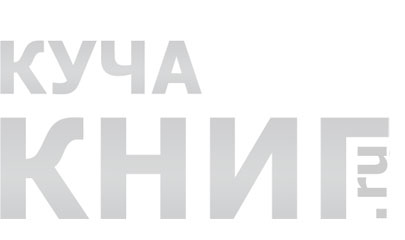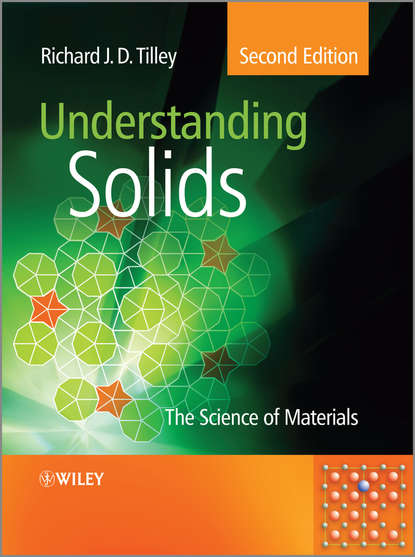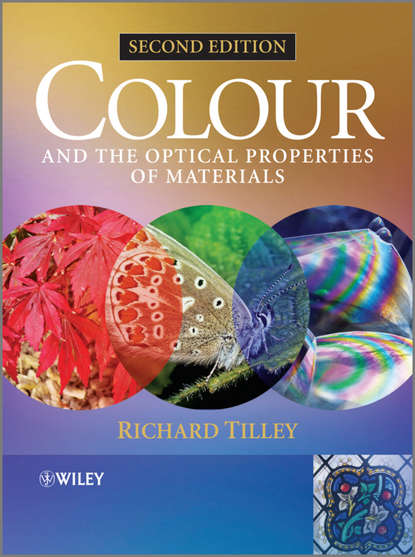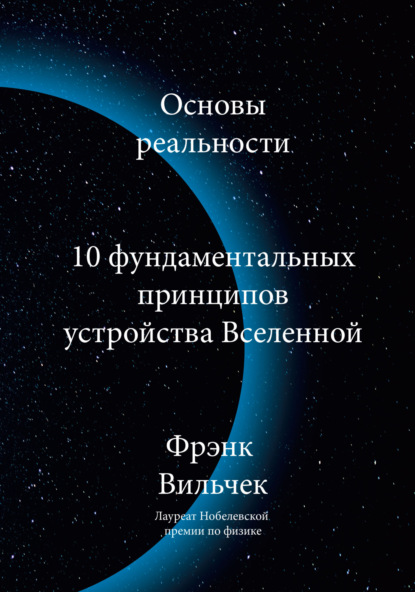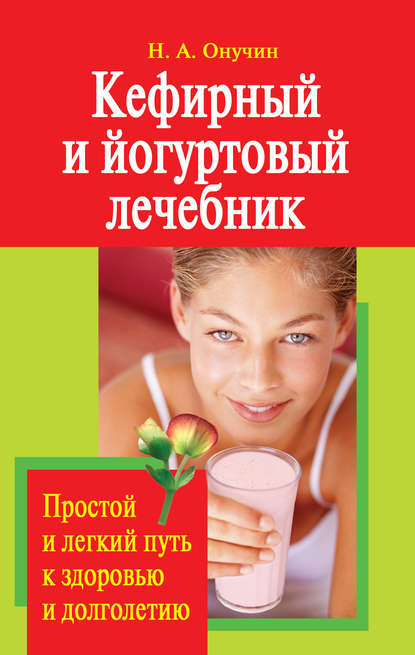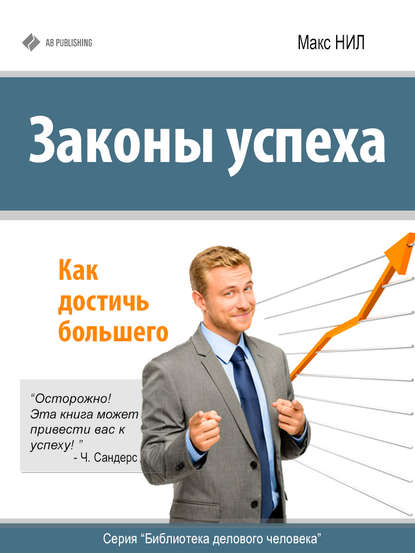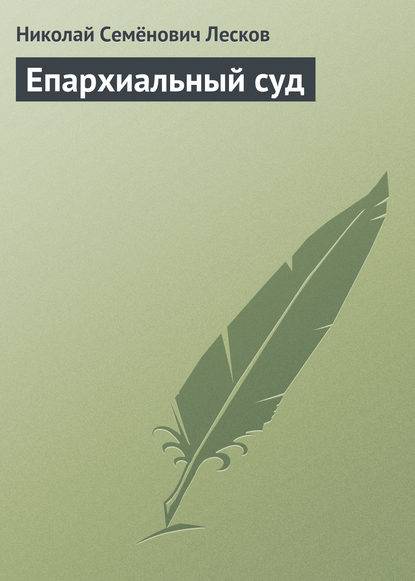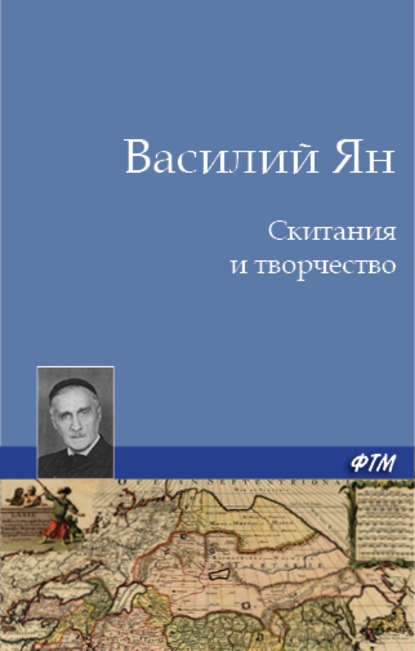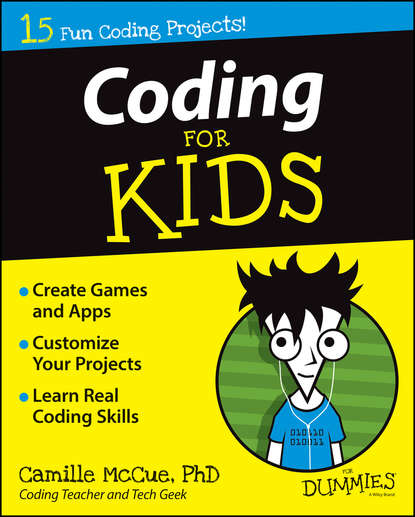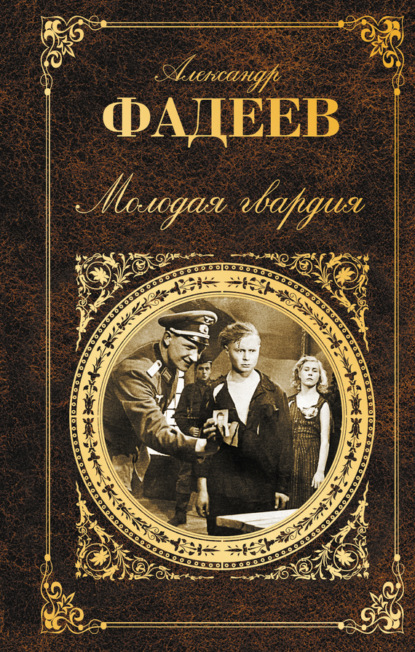Поиск:
Войти
Книги автора: Richard J. D. Tilley
Сортировка
- сначала новые
- сначала новые
- по рейтингу
- по просмотрам
- по названию
The second edition of a modern introduction to the chemistry and physics of solids. This textbook ta…
The second edition of a modern introduction to the chemistry and physics of solids. This textbook takes a unique integrated approach designed to appeal to both science and engineering students. Review of 1st edition “an extremely wide-ranging, useful book that is accessible to anyone with a firm grasp of high school science…this is an outstanding and affordable resource for the lifelong learner or current student.” Choice, 2005 The book provides an introduction to the chemistry and physics of solids that acts as a foundation to courses in materials science, engineering, chemistry, and physics. It is equally accessible to both engineers and scientists, through its more scientific approach, whilst still covering the material essential to engineers. This edition contains new sections on the use of computing methods to solve materials problems and has been thoroughly updated to include the many developments and advances made in the past 10 years, e.g. batteries, solar cells, lighting technology, lasers, graphene and graphene electronics, carbon nanotubes, and the Fukashima nuclear disaster. The book is carefully structured into self-contained bite-sized chapters to enhance student understanding and questions have been designed to reinforce the concepts presented. The supplementary website includes Powerpoint slides and a host of additional problems and solutions.
Добавлено
Год выхода: 2018
Язык: Английский
Colour and the Optical Properties of Materials carefully introduces the science behind the subject, …
Colour and the Optical Properties of Materials carefully introduces the science behind the subject, along with many modern and cutting-edge applications, chosen to appeal to today's students. For science students, it provides a broad introduction to the subject and the many applications of colour. To more applied students, such as engineering and arts students, it provides the essential scientific background to colour and the many applications. New to this Edition: The chapter framework of the first edition will be retained, with each chapter being substantially rewritten and some material would be relocated. Some chapters will be rewritten in a clearer fashion, e.g. There have been no significant advances in the understanding of rainbows recently, but the text could be clarified and improved. Colour has been an important attribute of many nano-particle containing systems, such as quantum dots. This aspect will be included, e.g. the colour of gold ruby glass, described in Chapter 5 as part of scattering phenomena now is better treated in terms of gold nanoparticles and surface plasmons. This would probably be transferred to Chapter 10 and considered in tandem with the colour of metals such as copper, silver and gold. A similar state of affairs applies to silver nanoparticles and polychromic glass. Some chapters will include extensive new material, e.g. Chapter 8, colours due to molecular processes [organic LEDs etc], and Chapter 12, Displays, [touch screen technologies]. For all chapters it would be intended to take into account the current scientific literature up to the time of submission – say up to the end of 2009. The end of chapter Further Reading sections would reflect this up-to-date overview. The end of chapter problems will be strengthened and expanded.
1
Популярные книги



